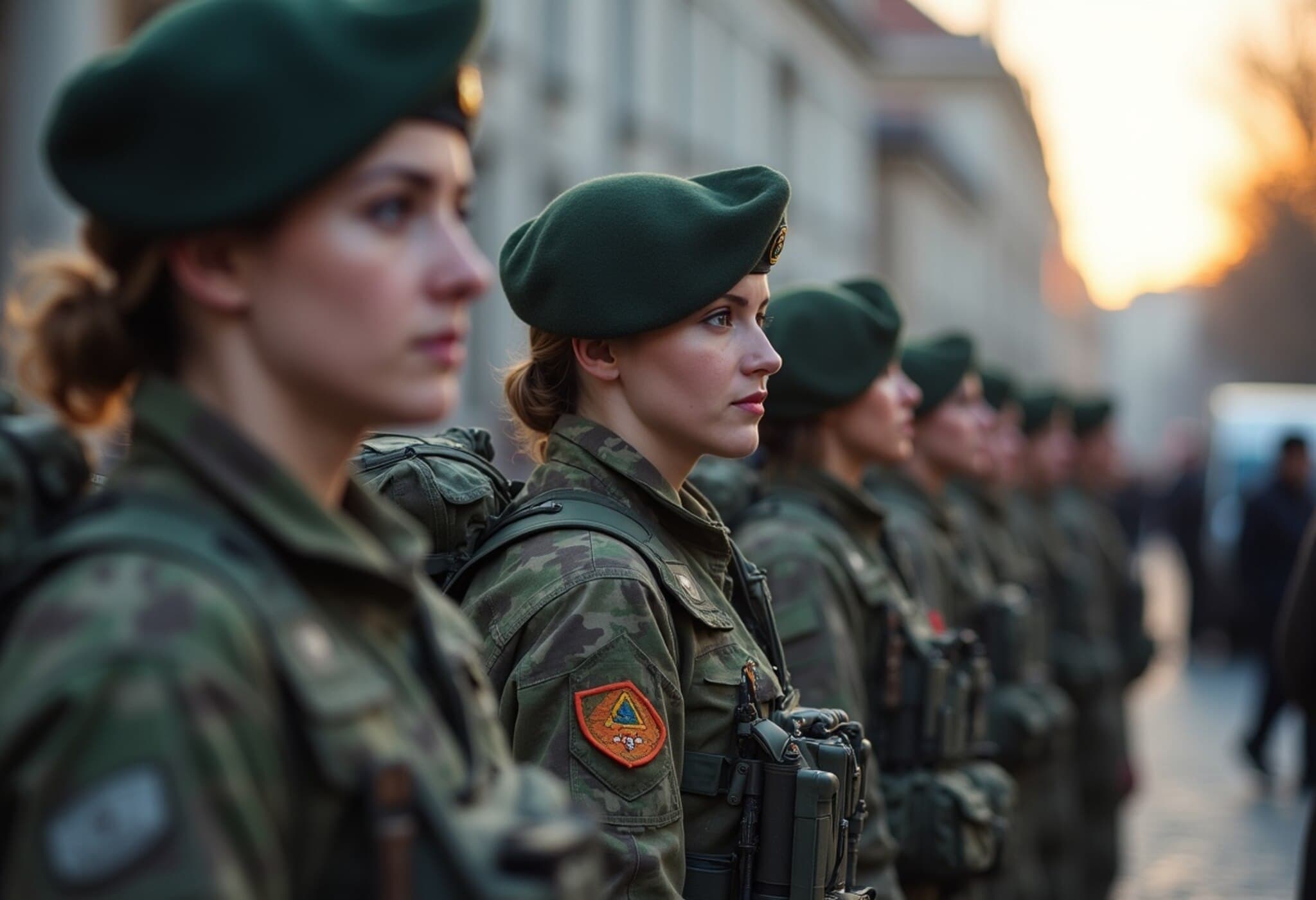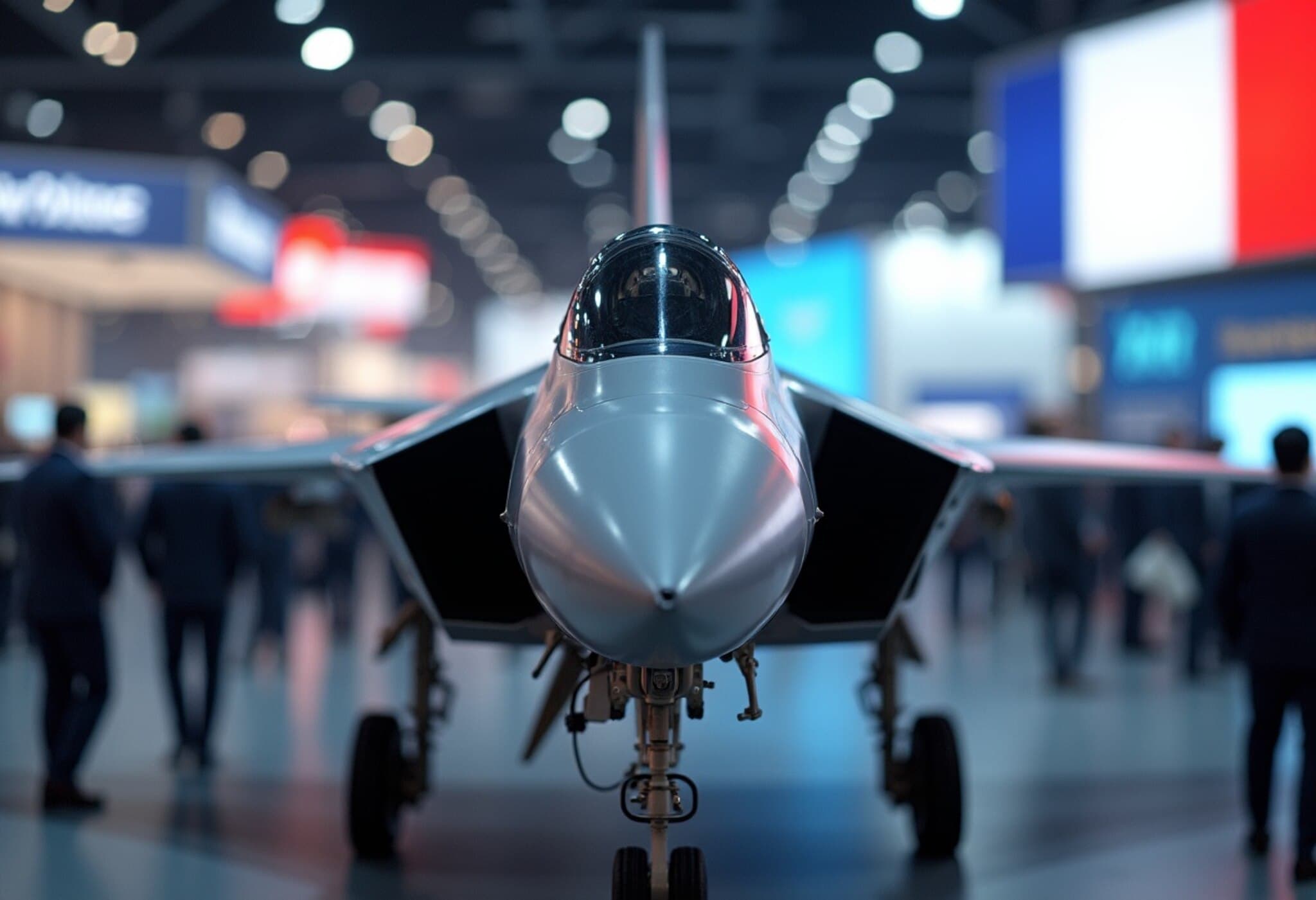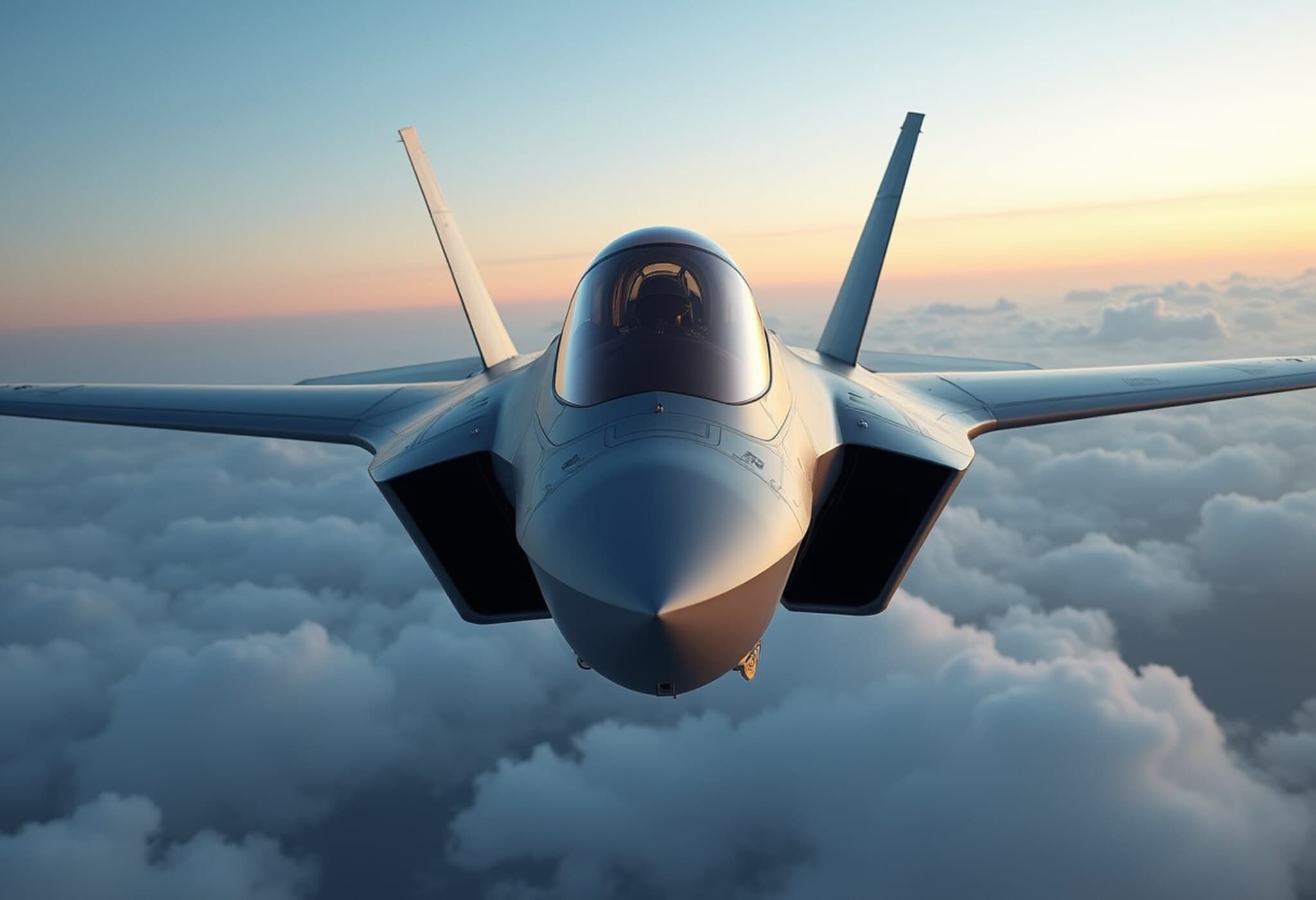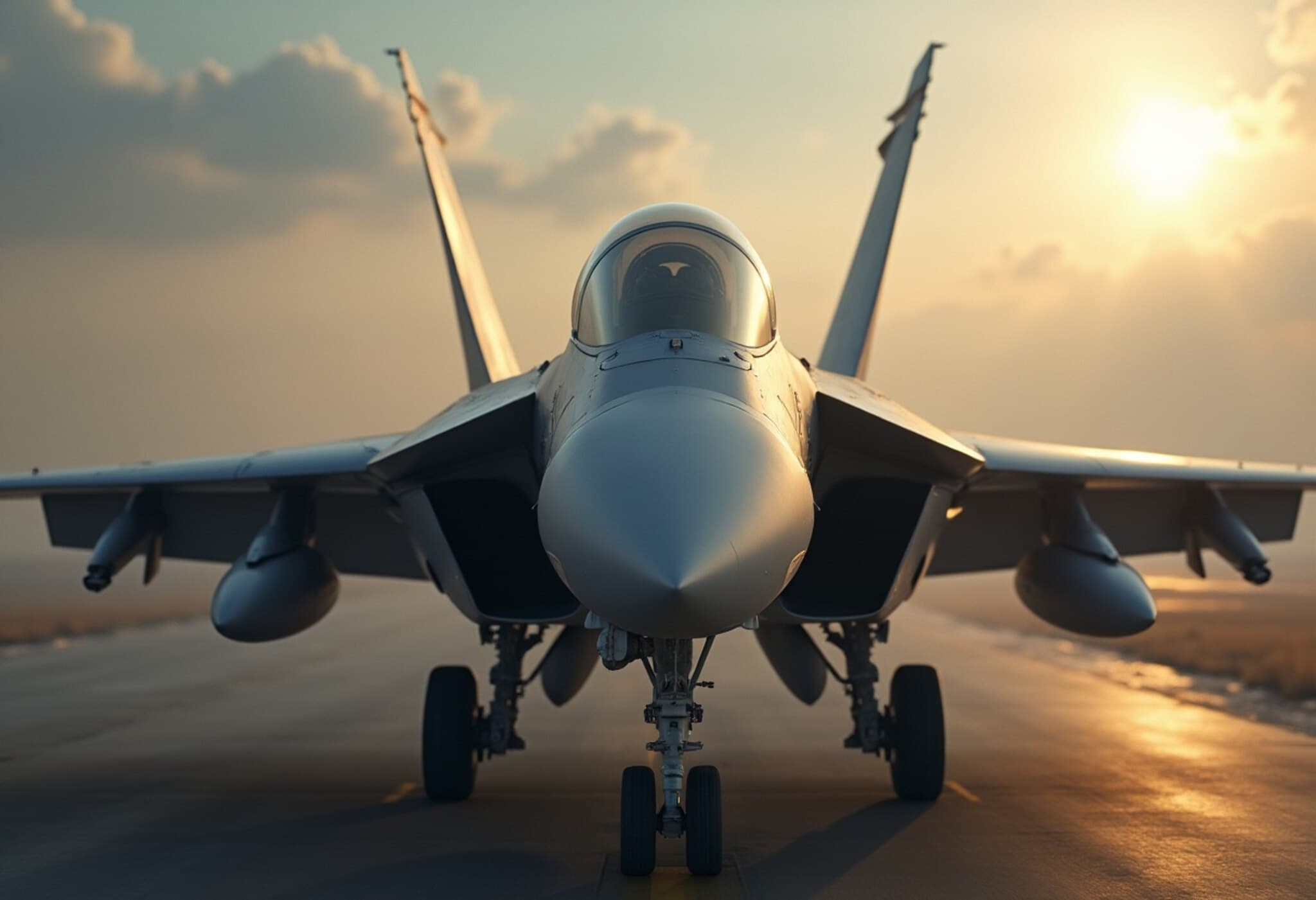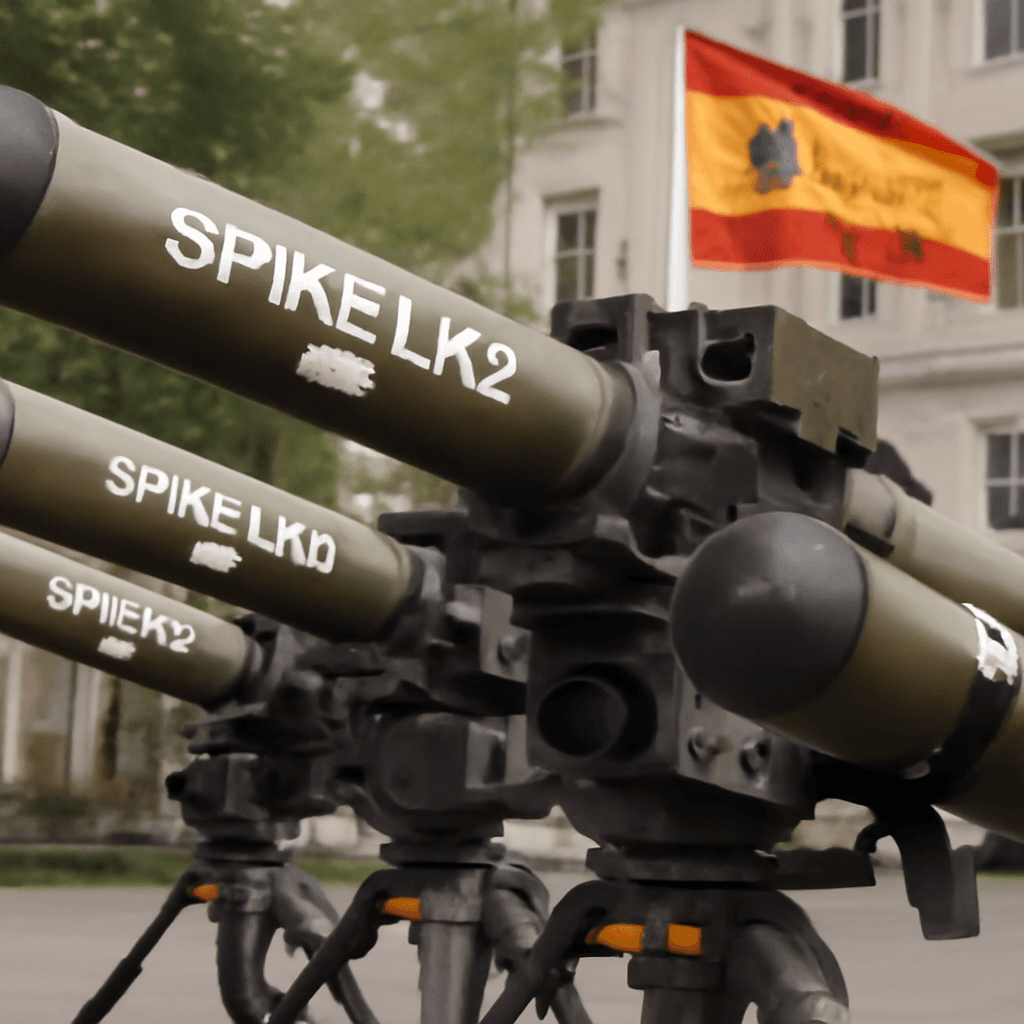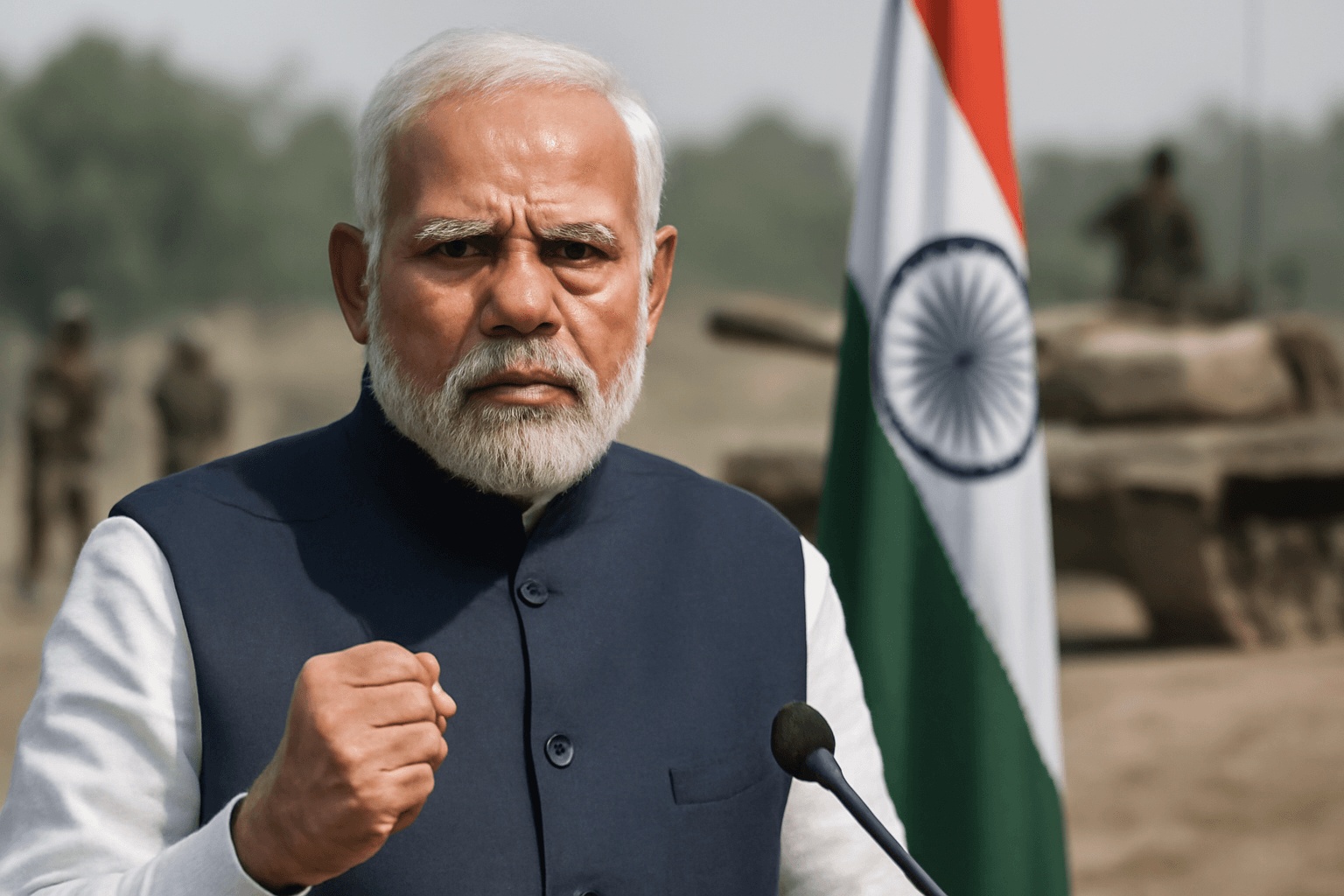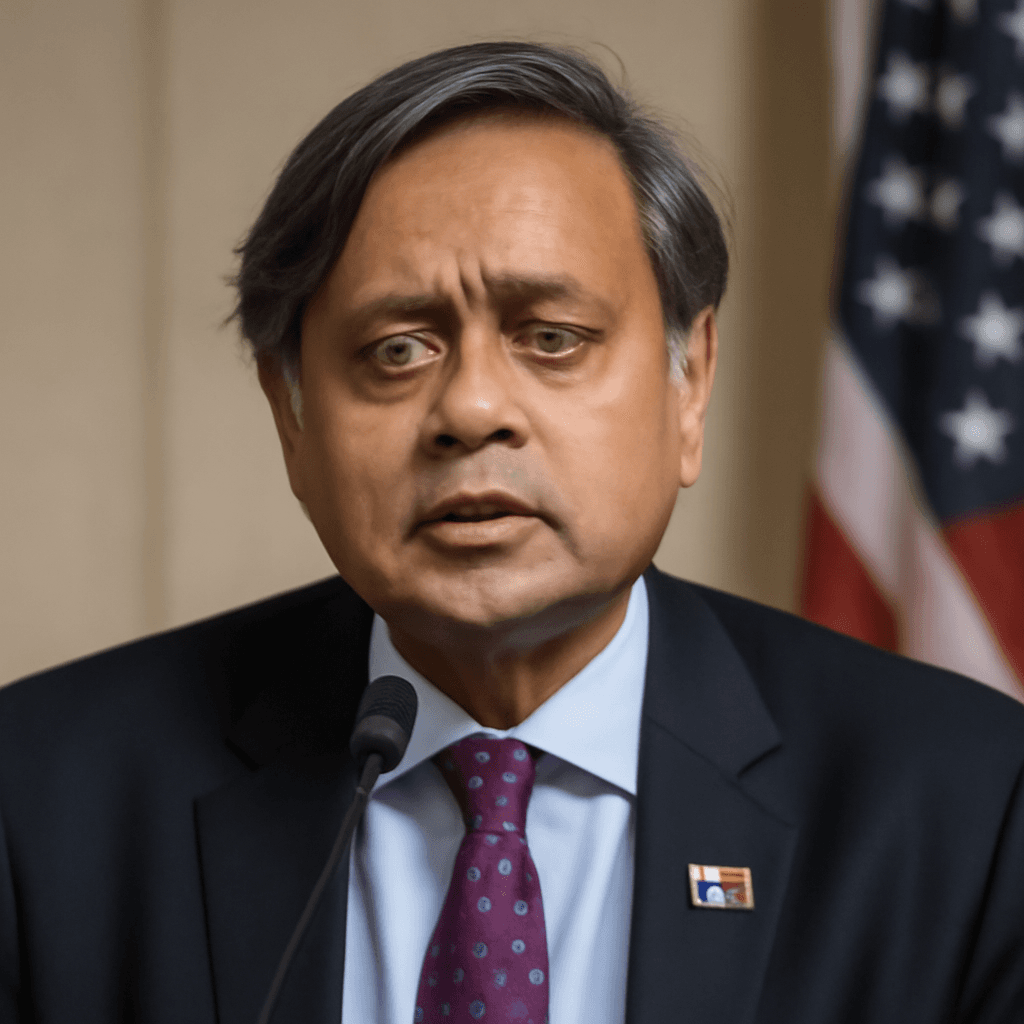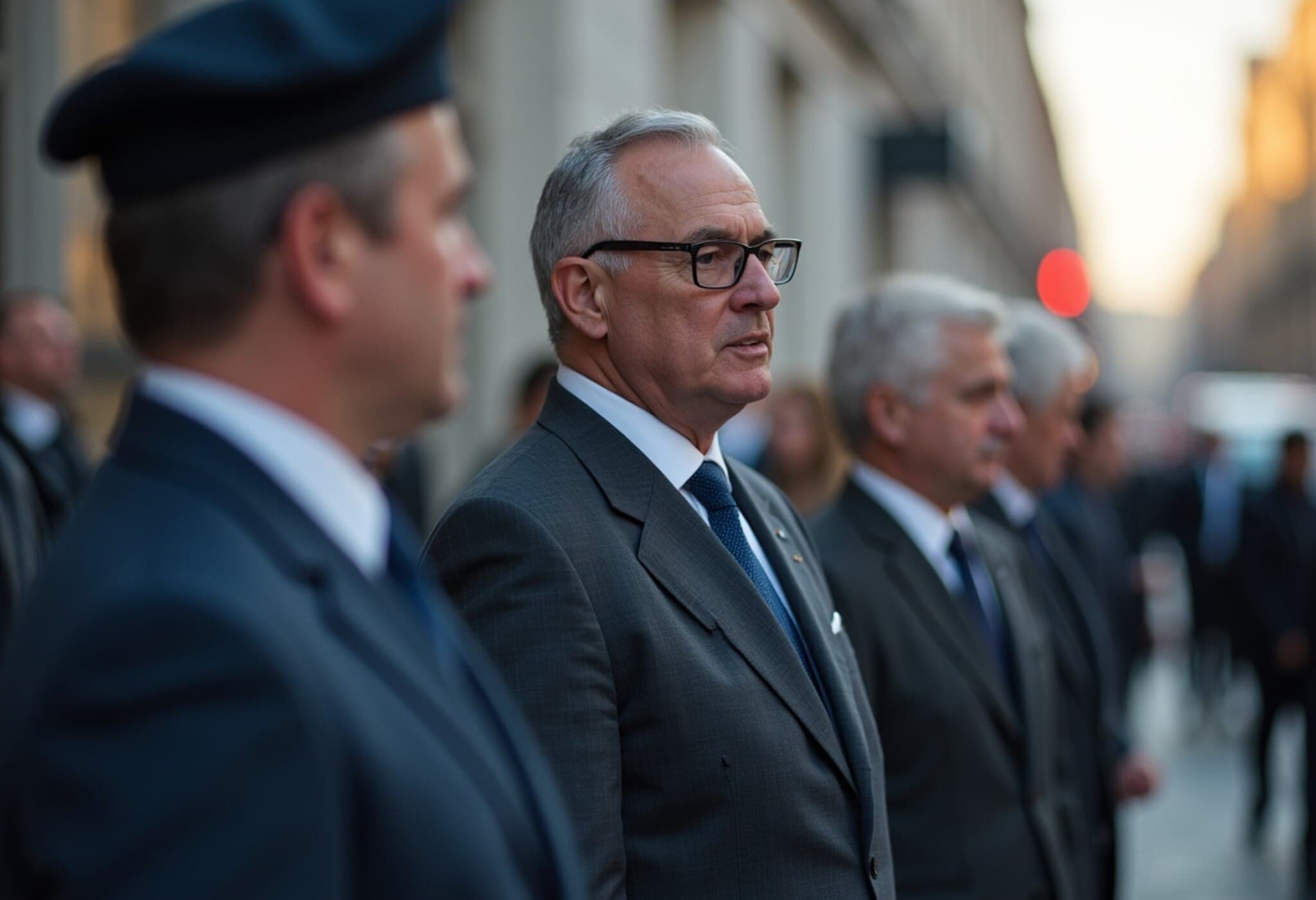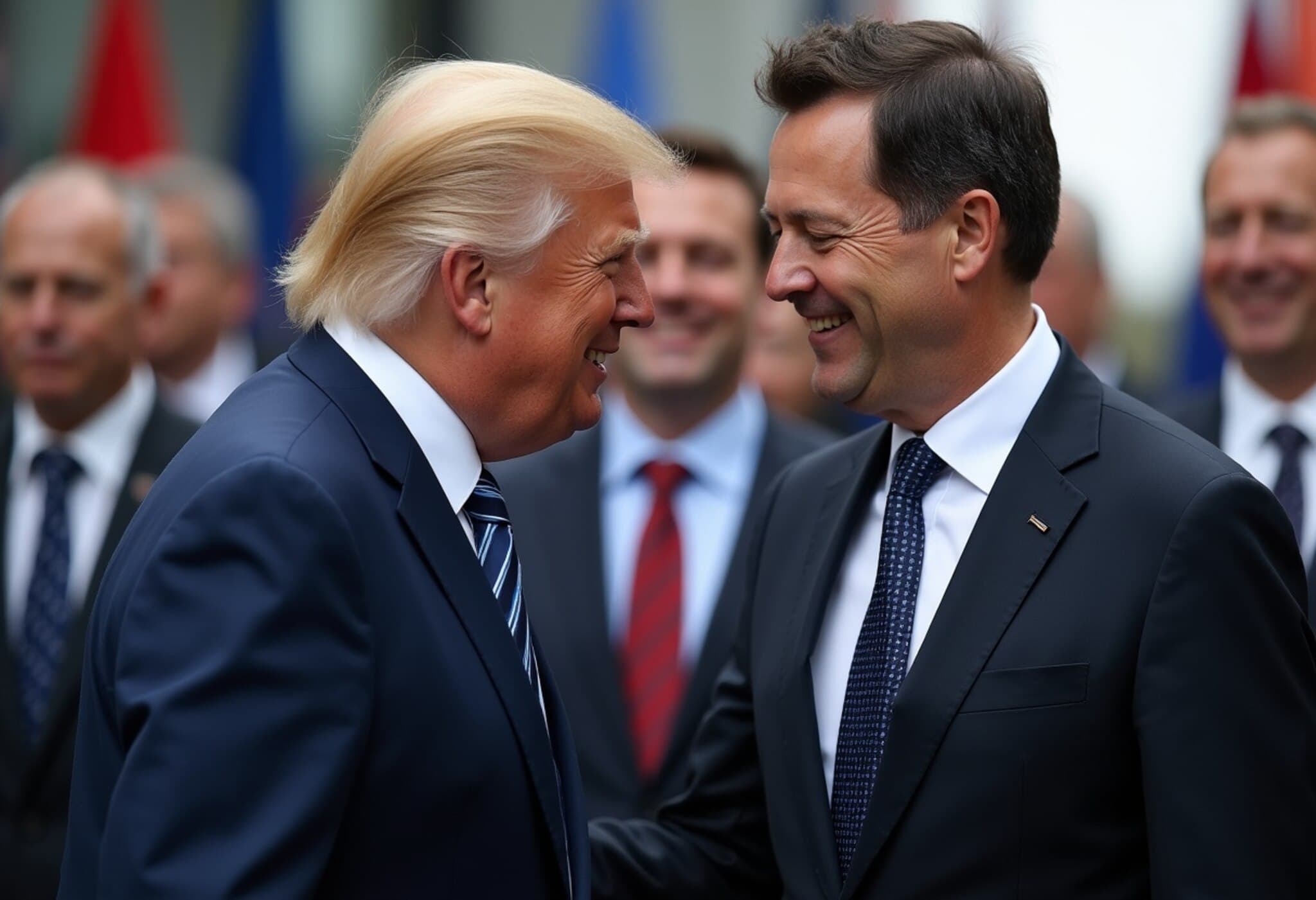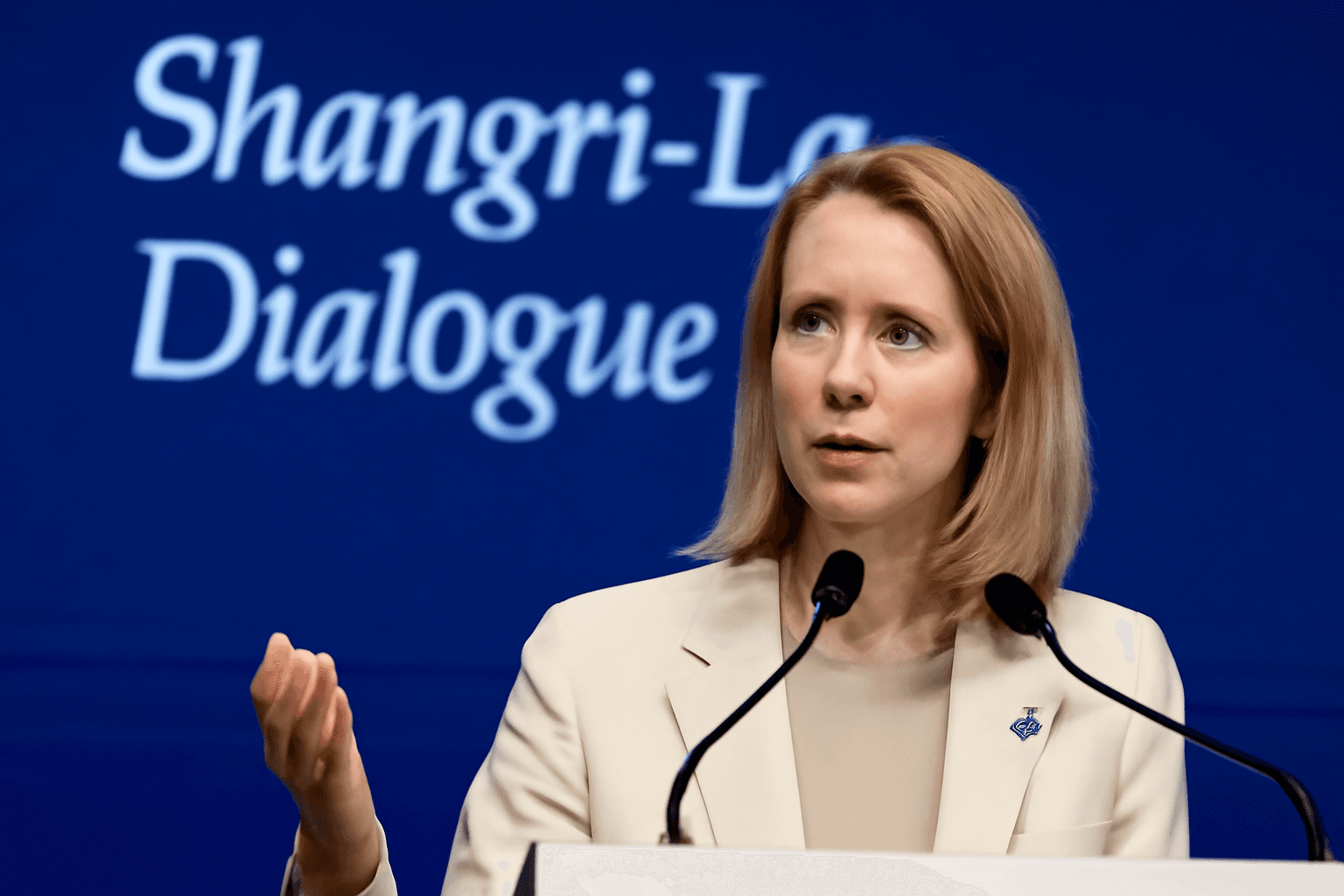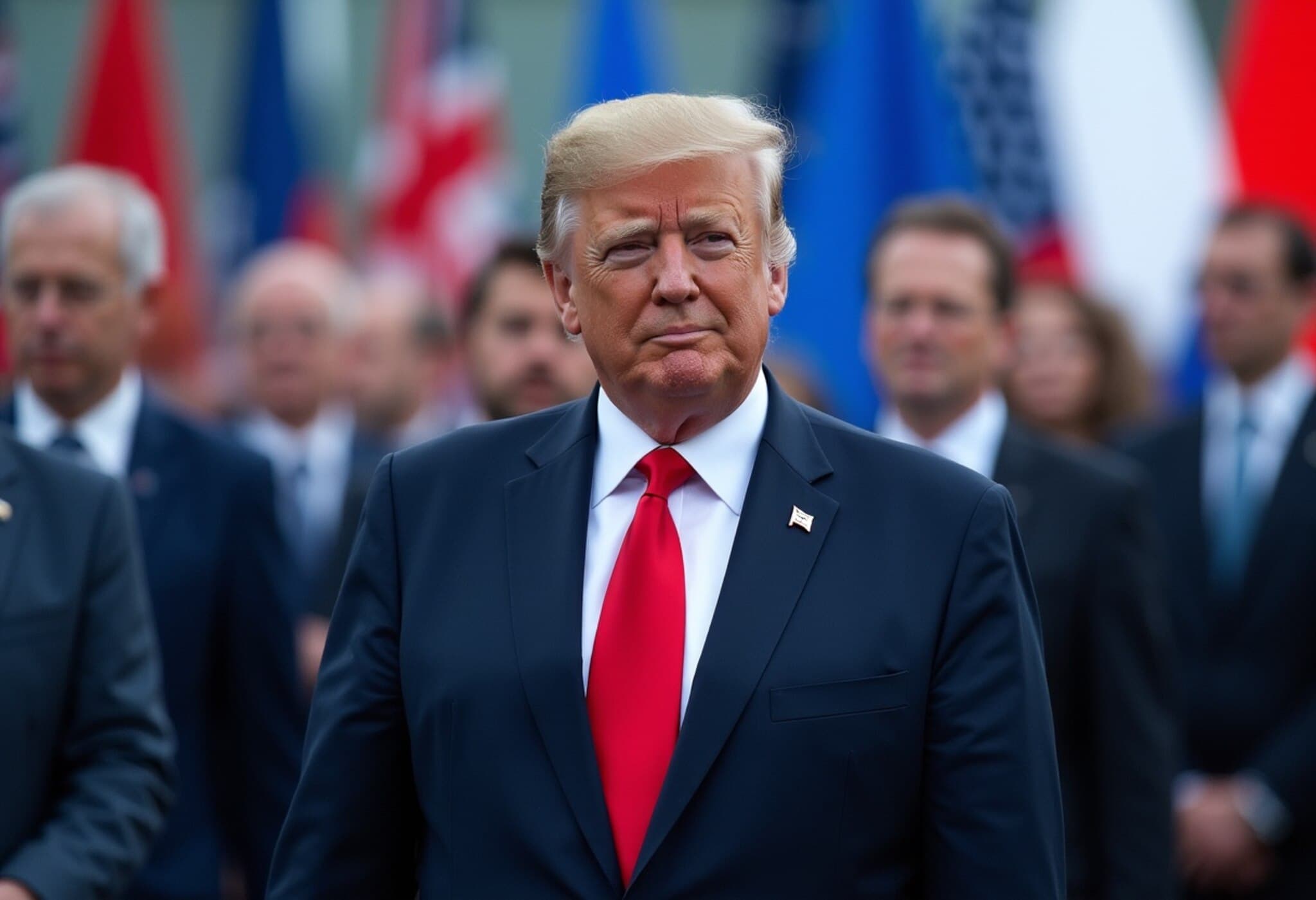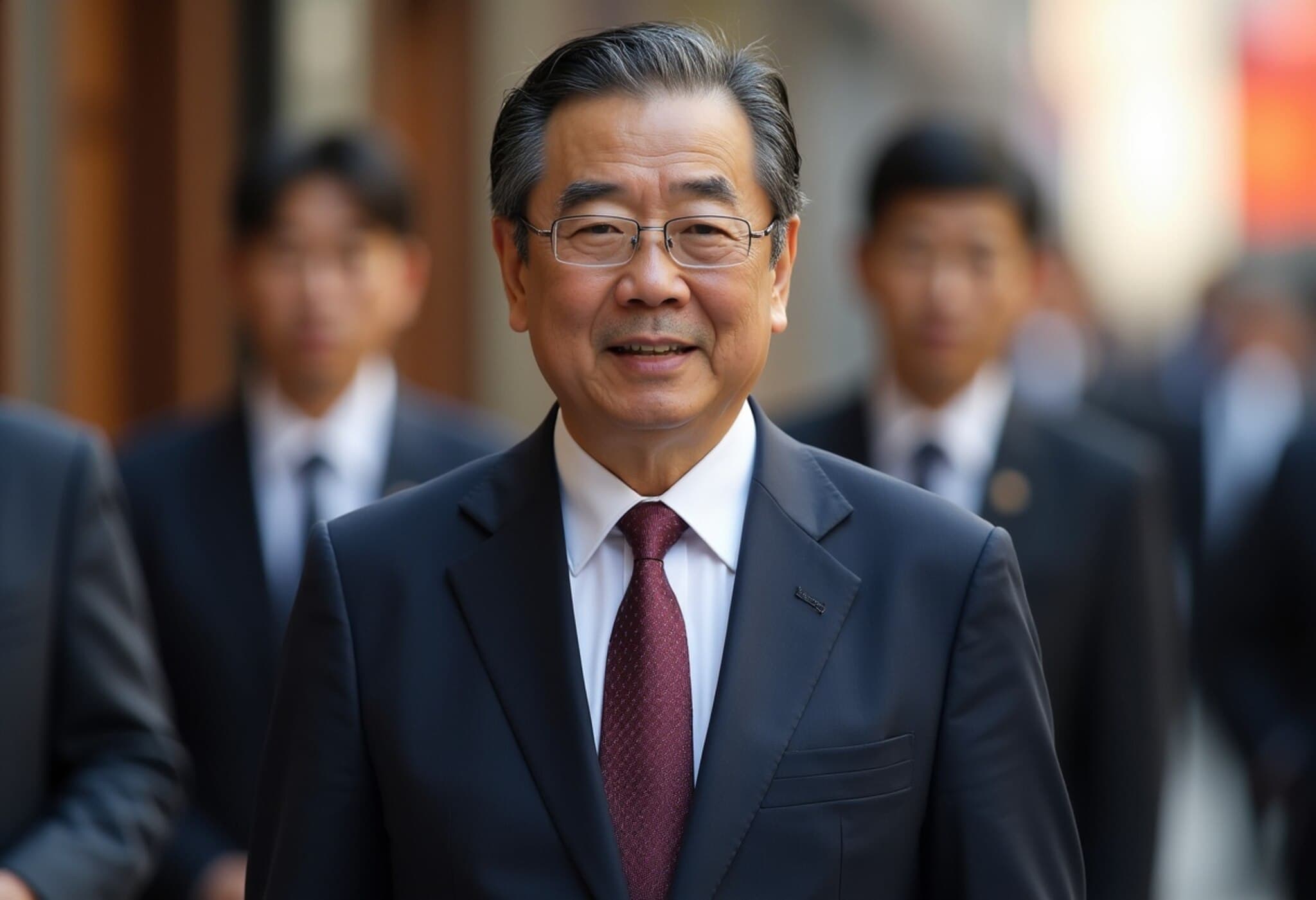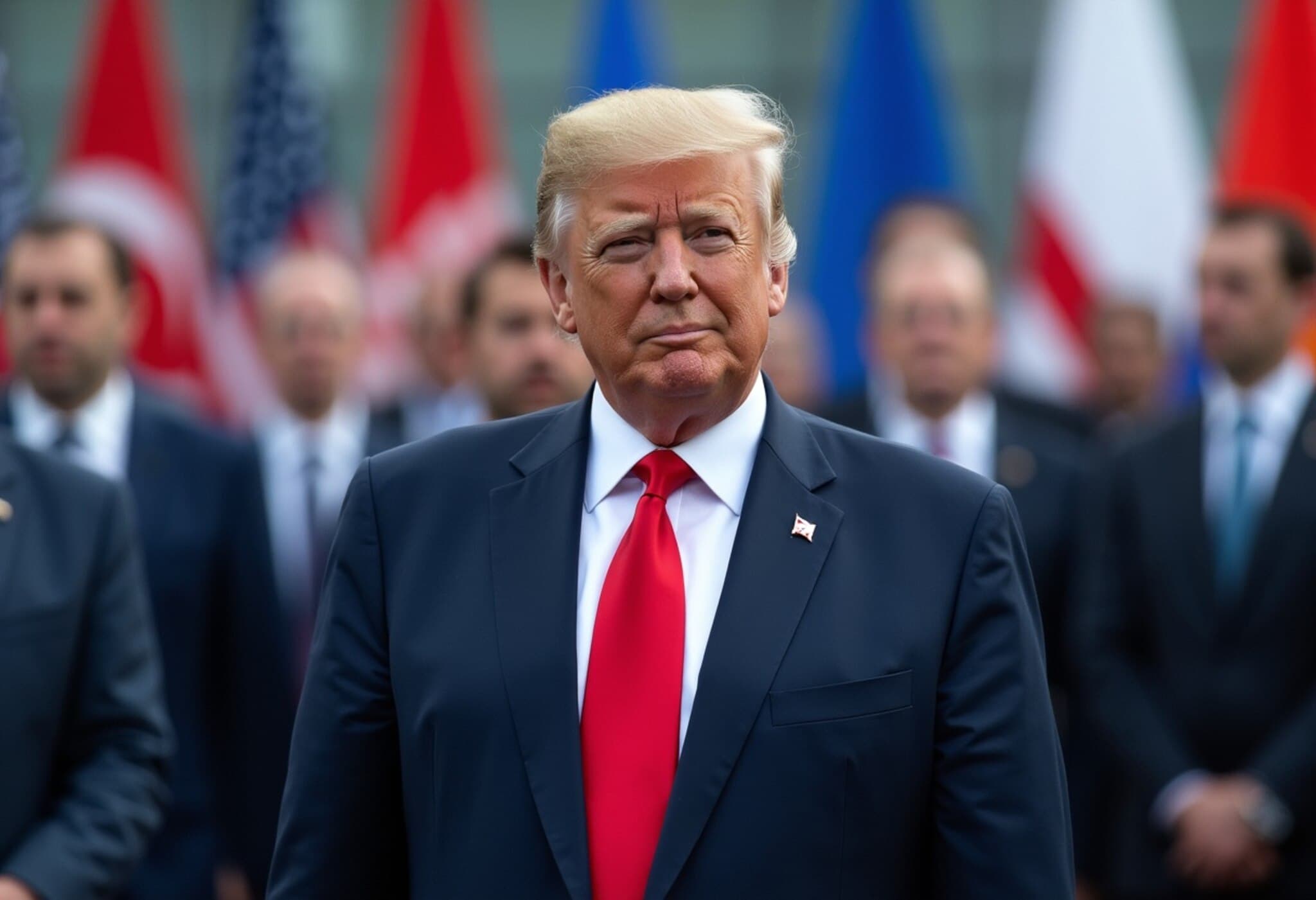NATO Raises Defence Spending Target to 5% of GDP by 2035
In a significant move at a recent summit in the Netherlands, NATO announced that member countries should now aim to allocate 5% of their gross domestic product (GDP) to defence spending by 2035. This is nearly double the alliance’s long-established benchmark of 2% set back in 2014.
Who Are the NATO Members?
NATO consists of 32 member nations spanning North America and Europe, including major players like the United States, United Kingdom, France, Germany, Italy, Turkey, Canada, and most European Union countries.
Current Defence Spending Across NATO Members
As of 2024, NATO countries collectively spent an average of 2.61% of their GDP on defence, surpassing the previous 2% target. However, contributions vary significantly from country to country.
- Poland leads with over 4% of GDP spent on defence, the only NATO member exceeding this level.
- Estonia and Latvia each allocate approximately 3.4% to defence budgets.
- The United States, with the largest economy, invests about 3.2% of its GDP in defence.
- On the lower end, Spain spends just 1.2%, the smallest share within the alliance.
- Canada, Portugal, and Italy hover around 1.5%, while nations like Slovenia, Belgium, and Luxembourg have slightly lower figures.
Meeting the 2% Benchmark
Out of NATO’s 32 members, at least 22 reached or surpassed the original 2% spending goal by 2024. Nine countries fell short, with Iceland excluded due to lacking a standing military force.
Although the 2% target has never been legally binding, it has driven member countries to boost their defence budgets significantly — increasing from just 1.4% of GDP in 2014 to over 2% in 2024.
Controversies Surrounding the New 5% Goal
While the new 5% target emphasizes stronger collective security, its acceptance and enforcement remain uncertain. At the summit, the United States sharply criticized Spain for its comparatively low defence spending. The US President threatened potential trade penalties if Spain failed to increase its military budget.
In response, the Spanish Prime Minister firmly rejected the 5% target, describing the 2% goal as both “sufficient” and “realistic” considering Spain’s economic context.
Experts note that the agreement’s wording may allow some members flexibility in meeting the new benchmarks, potentially accommodating countries hesitant to commit fully to the 5% spending threshold.
What Does NATO Count as Defence Spending?
NATO's definition of defence expenditure covers a wide array of military costs, including:
- Weapons and equipment procurement
- Personnel salaries and benefits
- Operational readiness and training
- Military infrastructure investments
- Other capacities relevant to defence capabilities
This comprehensive approach ensures that spending reflects the full scope of member countries’ military commitments.

